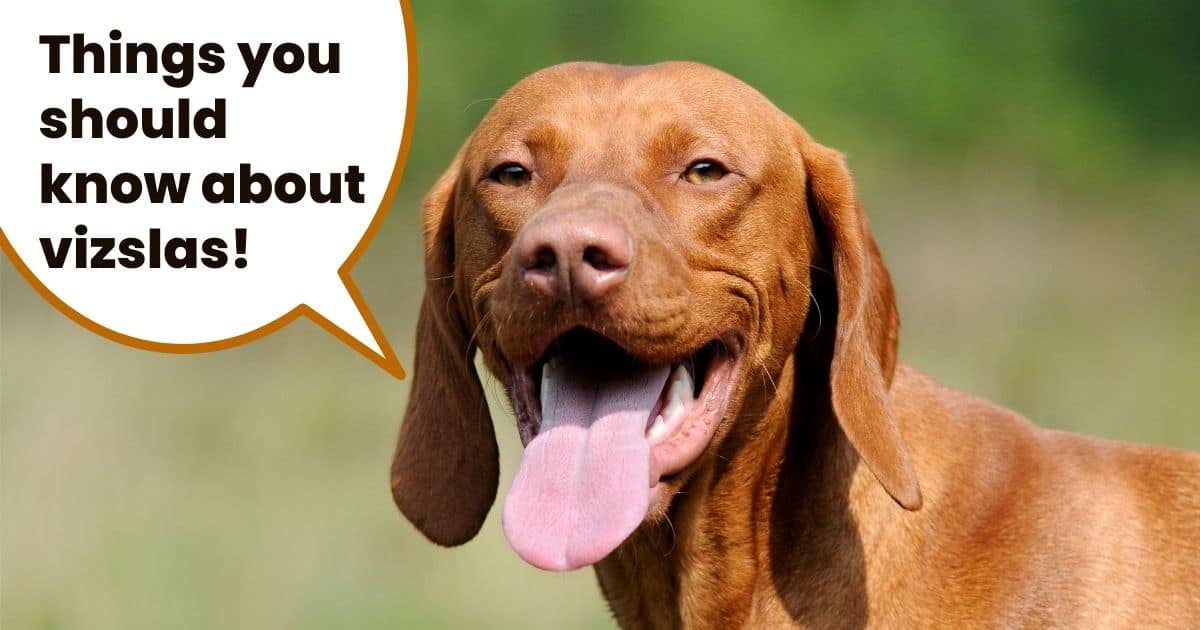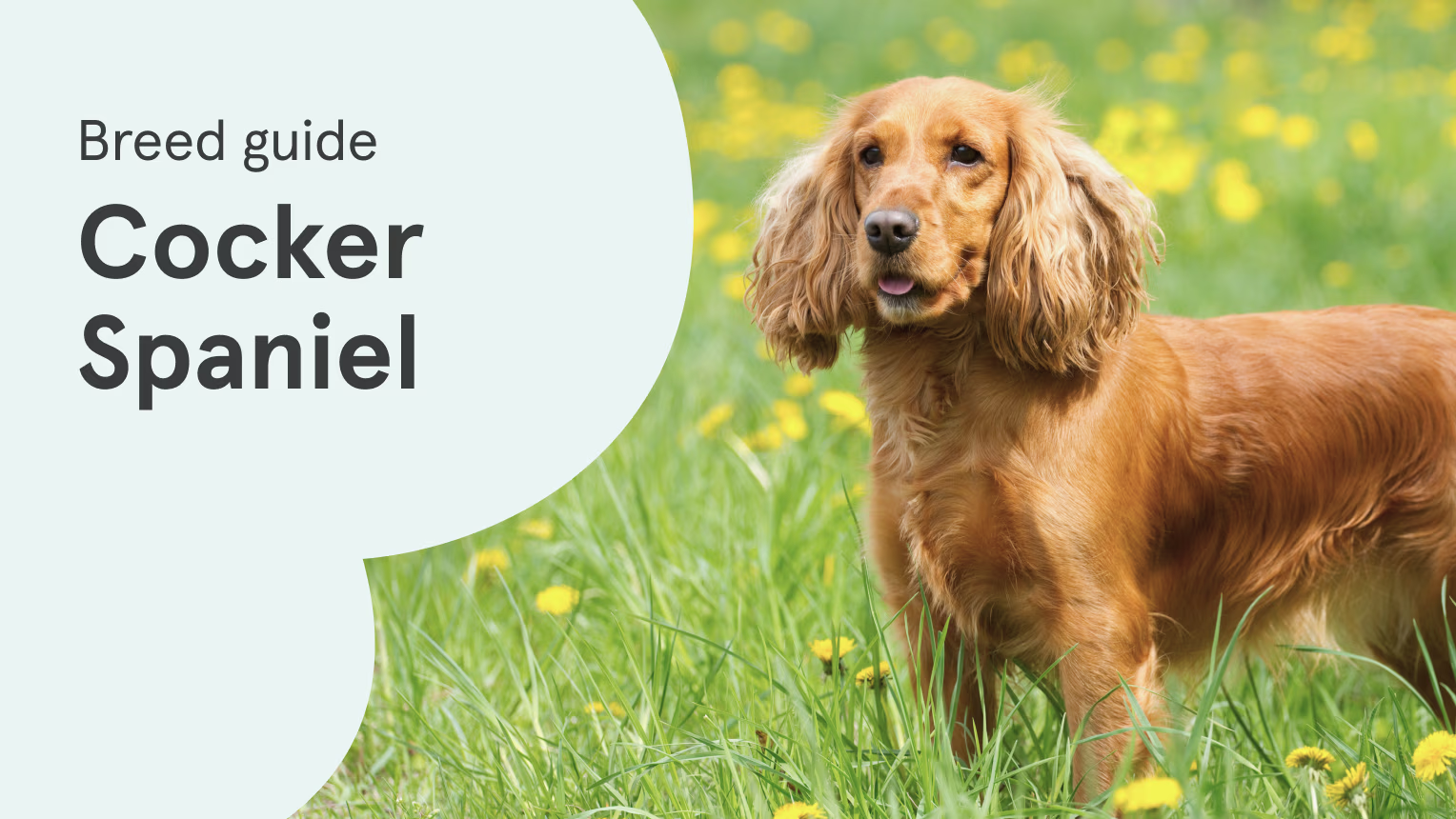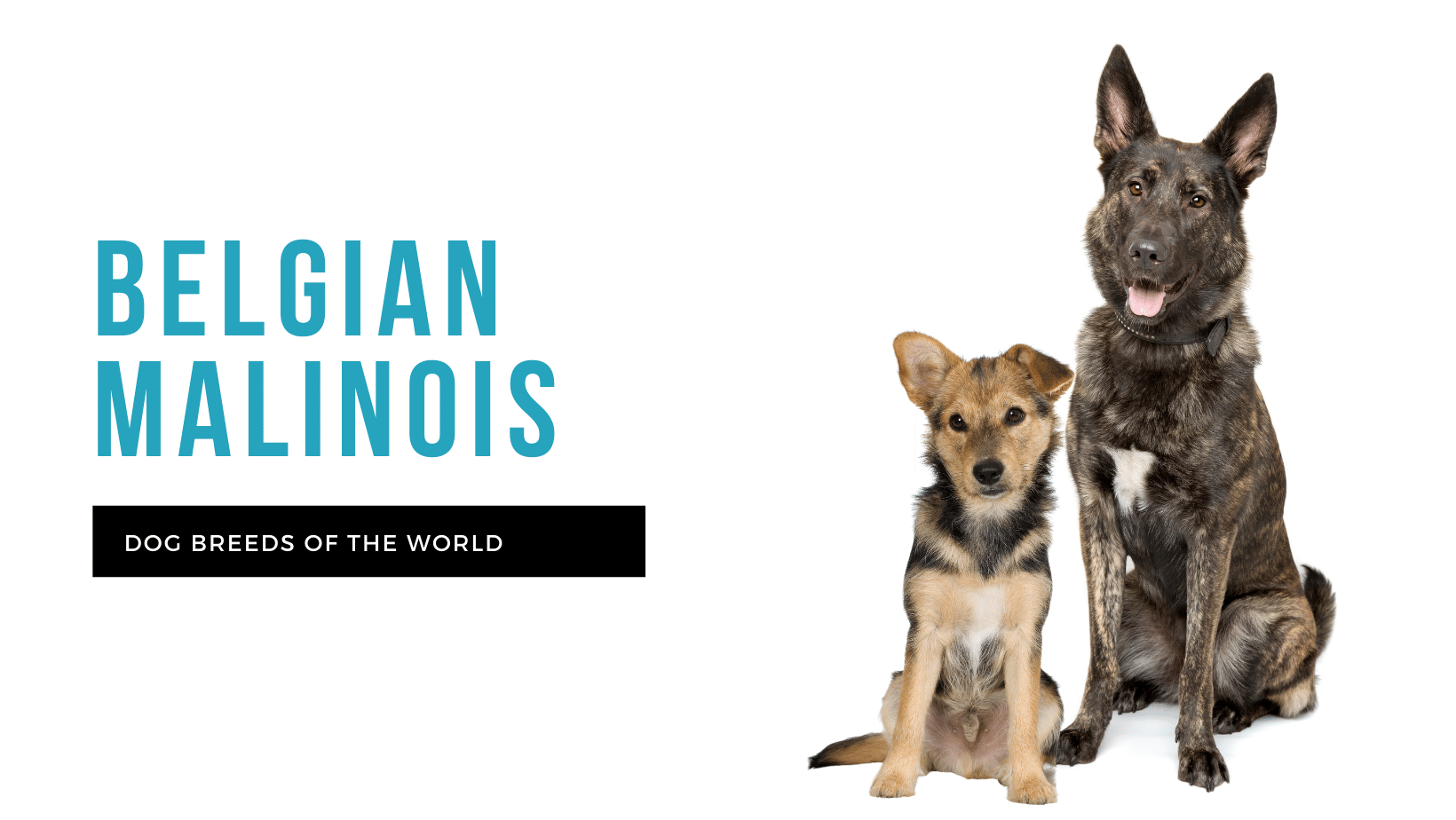Complete Guide to the Vizsla: Details, Training, Care, Choosing, Pros and Cons, and Price
The Vizsla is a magnificent Hungarian sporting breed known for its elegance, high energy, and unwavering loyalty. Whether you’re looking for a family companion or a hunting partner, the Vizsla excels in various roles due to its versatility, intelligence, and affectionate nature. This comprehensive guide will explore everything you need to know about the Vizsla, including how to choose, train, and care for one, as well as its pros, cons, and price.
Introduction to the Vizsla
The Vizsla is a medium-sized dog that was originally bred for hunting, making it an excellent choice for those who enjoy outdoor activities like hiking, running, or dog sports. They are graceful, energetic, and highly trainable, but they also require a lot of attention and stimulation. Their short, smooth coat and their highly sensitive nature make them a unique and appealing breed.
Key Characteristics of the Vizsla
| Characteristic | Details |
|---|---|
| Height | 21–24 inches (53–61 cm) |
| Weight | 45–65 lbs (20–29 kg) |
| Life Expectancy | 12–14 years |
| Coat | Short, smooth, dense, and shiny |
| Color | Solid golden rust (dark to light shades) |
| Temperament | Loyal, affectionate, energetic, and intelligent |
| Exercise Needs | High (daily exercise essential) |
| Training | Highly trainable, responds well to positive reinforcement |
| Good with Children | Yes, very affectionate and gentle |
| Good with Other Pets | Yes, but early socialization is important |
| Hypoallergenic | No |
| Shedding | Low to moderate |
History of the Vizsla
The Vizsla breed has roots that stretch back over a thousand years in Hungary. Originally, these dogs were used by hunters for bird retrieving, due to their keen nose and quick instincts. The word “Vizsla” itself translates to “pointer” in Hungarian, a reference to their ability to “point” or indicate the location of game. The Vizsla was highly prized by Hungarian royalty and nobility for its hunting prowess and loyal companionship.
During the 20th century, the breed faced a near extinction period due to war and social changes. However, thanks to the efforts of passionate breeders, the Vizsla made a remarkable recovery and is now popular in many countries, especially in the United States.
How to Choose a Vizsla
When selecting a Vizsla, there are several factors to consider to ensure that you bring home a healthy, happy puppy that suits your lifestyle.
1. Finding a Reputable Breeder
A reputable breeder is the best way to ensure you are getting a healthy, well-adjusted Vizsla. Look for breeders who:
- Health test their breeding dogs for common health issues in the breed, such as hip dysplasia, heart conditions, and epilepsy.
- Socialize the puppies early to ensure they grow up to be confident and friendly adults.
- Provide a clean, comfortable environment for the puppies to thrive in.
- Offer a health guarantee and provide all medical records.
2. Adoption
You can also consider adopting a Vizsla from a rescue organization or shelter. Many adult Vizslas are available for adoption and can make great pets. Adoption can be a rewarding experience, and you may be able to find a dog that has already been trained or is less demanding than a puppy.
3. Consider Your Lifestyle
Vizslas are highly energetic dogs that require ample exercise and mental stimulation. If you have a busy lifestyle or are away from home often, a Vizsla may not be the right breed for you. However, if you’re an active person or family who enjoys outdoor activities and has the time to provide consistent training, the Vizsla could be a perfect fit.
4. Meet the Parents
If possible, meet the puppy’s parents to get a sense of their temperament and health. Parents that are well-socialized and healthy can increase the chances that the puppies will inherit similar traits.
How to Train a Vizsla
Training a Vizsla is essential due to their high intelligence and energy. These dogs thrive when they have a clear structure and consistent training. Training should start early and include positive reinforcement techniques.
1. Start Early
Start training your Vizsla puppy as soon as you bring them home. Begin with basic commands such as sit, stay, come, and down. Positive reinforcement with treats and praise will help them understand what is expected.
2. Socialization is Key
Because Vizslas are naturally friendly, they tend to get along well with other animals and people. However, socialization is essential, particularly if you have other pets or children. Expose your Vizsla to different people, environments, and experiences early in their life to prevent any potential behavior problems later on.
3. Exercise and Mental Stimulation
A Vizsla that doesn’t get enough exercise and mental stimulation will likely become bored and destructive. They excel in dog sports such as agility, obedience, and tracking. Regular, structured exercise such as jogging, hiking, or fetch is necessary to keep them in top shape both mentally and physically.
4. Leash Training
Vizslas have strong hunting instincts, and they may try to chase after small animals. Teaching your Vizsla to walk calmly on a leash is important for safety, especially in off-leash situations. Start with short walks and gradually increase the duration as they learn to stay focused on you.
5. Obedience Training
Vizslas respond well to obedience training, but they can also be independent and sometimes stubborn. Consistency is key. Use positive reinforcement to reward good behavior and avoid harsh punishments. Be patient and gentle in your training.
How to Care for a Vizsla
Vizslas are relatively easy to care for, but they do have some specific needs that you should be aware of.
1. Exercise Requirements
Vizslas are a highly active breed that requires at least an hour of exercise each day. This can include long walks, jogs, hikes, or playtime in the yard. A lack of exercise can lead to restlessness and undesirable behavior.
2. Feeding
Vizslas should be fed high-quality dog food formulated for their age, size, and activity level. Puppies will need more calories than adults, and seniors may require a food designed to support joint health. Be mindful of their weight and adjust their food intake as needed to prevent obesity.
3. Grooming
The Vizsla’s short, smooth coat requires minimal grooming. Regular brushing (once a week) will help remove loose hairs and keep their coat shiny. Bathing should only be done when necessary, as frequent baths can dry out their skin.
4. Health Care
Vizslas are generally a healthy breed but can be prone to certain health issues, such as hip dysplasia, epilepsy, and allergies. Regular veterinary checkups are important for early detection of any health problems. Vaccinations, flea and tick preventatives, and regular deworming should be part of their healthcare regimen.
5. Mental Stimulation
In addition to physical exercise, Vizslas require mental stimulation to keep them happy. Puzzle toys, interactive play, and training sessions will help keep their minds sharp.
Pros and Cons of the Vizsla
Pros
- Loyal and Affectionate: Vizslas are known for being incredibly affectionate and loyal to their owners. They thrive on human interaction and form deep bonds with their families.
- Intelligent and Trainable: Their intelligence makes them highly trainable, especially when using positive reinforcement.
- Great with Kids: Vizslas are generally great with children and make excellent family pets.
- Energetic and Active: Perfect for active families or individuals who enjoy outdoor activities and exercise.
Cons
- High Energy Requirements: Vizslas require a lot of exercise. If you can’t meet their exercise needs, they may become bored and destructive.
- Separation Anxiety: Because they are so attached to their owners, Vizslas can suffer from separation anxiety if left alone for long periods.
- Not Ideal for First-Time Owners: Their high energy and intelligence can be a challenge for first-time dog owners who are not prepared for the commitment of training and care.
- Not Hypoallergenic: While they have short coats, they are not hypoallergenic and may not be suitable for people with allergies.
Price of a Vizsla
The price of a Vizsla can vary depending on the breeder, the puppy’s pedigree, and the region. On average, you can expect to pay:
- Puppies from a reputable breeder: $1,000 to $2,500
- Adoption fees (from shelters or rescues): $150 to $400
Ongoing costs include food, veterinary care, grooming, and training, which can range from $500 to $1,000 per year.
Conclusion
The Vizsla is a wonderful breed that combines intelligence, loyalty, and athleticism, making it an ideal companion for active families and individuals. While they require a significant amount of exercise, training, and attention, their loving nature and the bond they form with their owners are well worth the effort. If you’re considering adding a Vizsla to your family, make sure you’re prepared to meet their physical and emotional needs for a happy, healthy life together.




